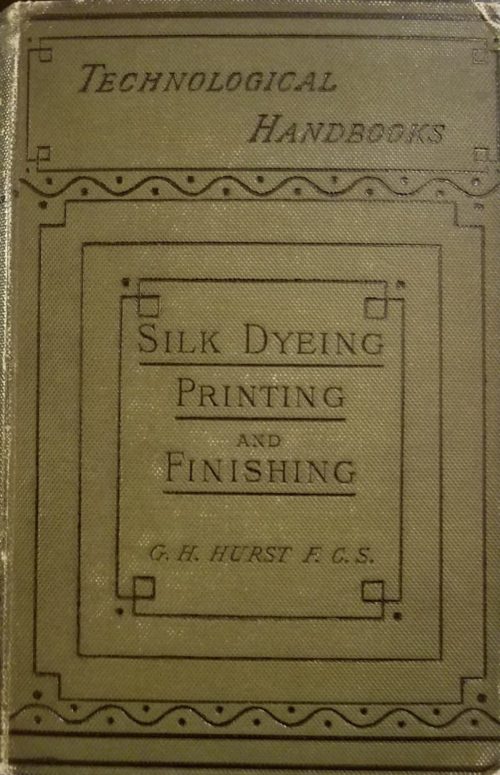Suzushi Stripe is part of a series Nuno made from kibiso and raw silk. (The kibiso is the white coarse stripe in the textile.) The combination of these two materials reveals a very rich texture, structure, and surface design. Kibiso, an industrial waste product, is the protective outer layer of the silk cocoon that is “wiped off”...
Author: Rachel Pool This green purse is made from silk embroidery, plant fibers, and glass beads. A single tassel dangles from one side of the purse. Made between 1910 and 1912, the purse exhibits the Art Nouveau design style, indicated by the embroidered motif that displays organic patterns taken from nature, shown in the form...
Author: Sara Clugage In celebration of the fourth annual New York Textile Month, members of the Textile Society of America will author Object of the Day for the month of September. A non-profit professional organization of scholars, educators, and artists in the field of textiles, TSA provides an international forum for the exchange and dissemination...
Author: Erica Warren In celebration of the fourth annual New York Textile Month, members of the Textile Society of America will author Object of the Day for the month of September. A non-profit professional organization of scholars, educators, and artists in the field of textiles, TSA provides an international forum for the exchange and dissemination...
In 1923, E. Irving Hanson (American, 1878–1955), vice president of the textile firm H.R. Mallinson & Company, made a visit to France. With a long-standing interest in art and design, his trip inspired a group of six textiles based on famous places in that country, using iconic churches and gardens as its theme. In Paris,...
Inspired by the popularity of their printed series of fabrics entitled American National Parks (Spring 1927) and Wonder Caves of America (Fall 1927), H.R. Mallinson & Company maintained their creative momentum by returning to other American themes first visited during the “Designed in America” campaigns of the World War I period. Motivation also came from...
Author: Virginia Pollock While this hand painted silk bag may seem like a simple fashion accessory, in reality it marks one of the most celebrated events in 1824 in the city of New York. On the backside of the purse there is an inscription that reads: “Landing of General Lafayette / at the Castle Garden...
The museum as “practical working laboratory” that sisters Sarah and Eleanor Hewitt envisioned for the study of the decorative arts, could not have been realized without the extensive collection of books and supporting materials found in the library at the Cooper Union for the Advancement of Science and Art. Numerous books about process, such as the...
This Japanese fabric was produced for a maru obi, the most formal of obi for women. Maru obi cloth is typically woven in widths of twenty-five to twenty-six inches—about double the width of more casual styles of obi. The cloth is folded around a stiff lining and stitched together along the selvedges. It is bulky,...
Author: Elena Phipps September is New York Textile Month! In celebration, members of the Textile Society of America will author Object of the Day for the month. A non-profit professional organization of scholars, educators, and artists in the field of textiles, TSA provides an international forum for the exchange and dissemination of information about textiles...
Author: Pat Hickman September is New York Textile Month! In celebration, members of the Textile Society of America will author Object of the Day for the month. A non-profit professional organization of scholars, educators, and artists in the field of textiles, TSA provides an international forum for the exchange and dissemination of information about textiles...
Elizabeth Broman discusses the 1920s trade catalogue The Master Silk Printer.
Airy Weave is an excellent example of technologically innovative contemporary Japanese textiles. It is a triple layer silk fabric woven on a jacquard loom with a middle layer that has no warp, which allows the weft threads to float independently of the two outer layers. The resulting structure highlights the textile’s dimensionality and movement, as...
I recently had the pleasure of photographing two rather large window shades that had never really been viewed before, due to their large size and fragile nature. These are part of a group of four shades, with each being contained in a rather simple but elegant wood cornice. The two shades that were photographed had...














